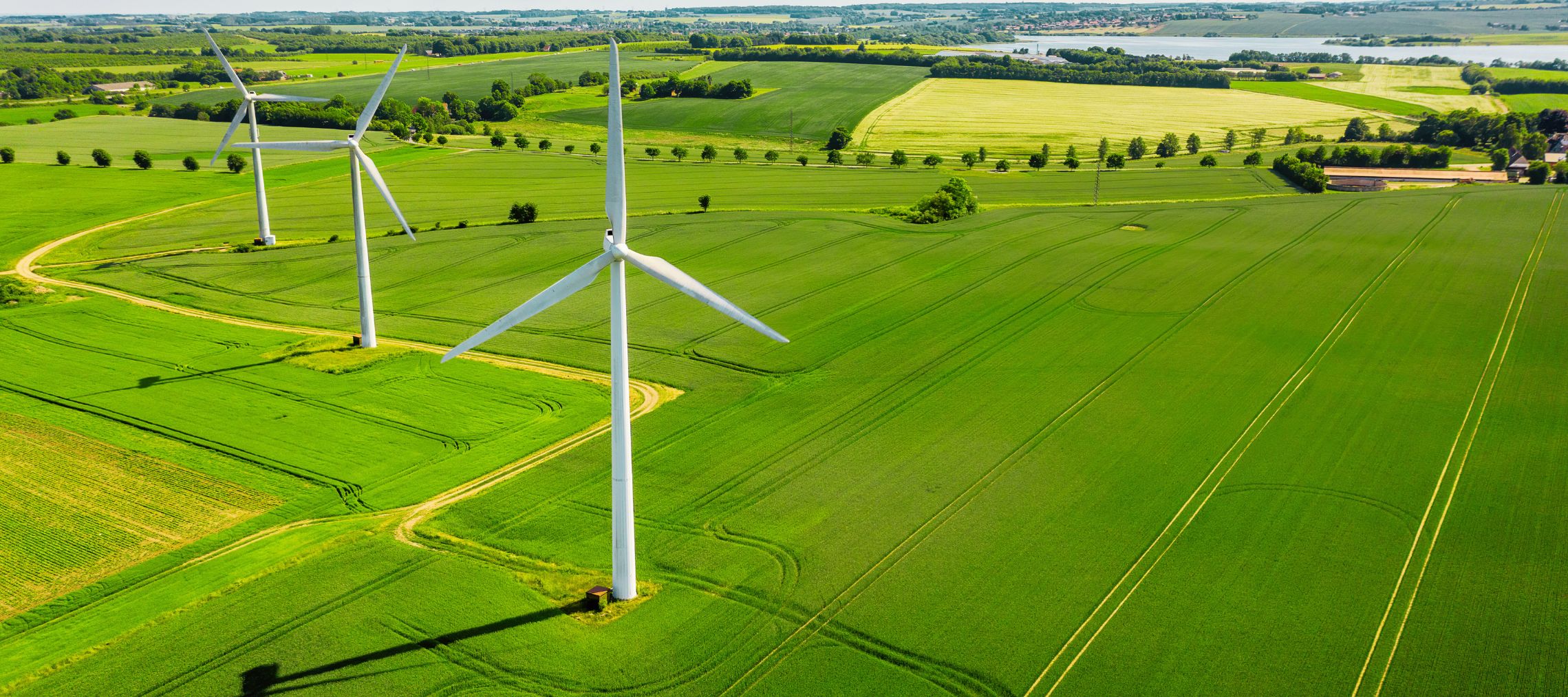India’s urban areas are expected to house about 600 million people by 2031 and 850 million people by 2051, as per the Handbook of Urban Statistics (2016) by the Ministry of Housing and Urban Affairs. However, as per an estimate by the World Bank, about 70 per cent of the urban infrastructure needed by 2047 is yet to be built. Given this massive impending growth and infrastructure requirement, there is an urgent need for energy-efficient and sustainable building-integrated photovoltaic (BIPV) solutions.
BIPV represents an innovative approach to renewable energy integration in which solar panels are seamlessly blended into building elements such as facades, windows and roofs. Unlike traditional rooftop solar systems that are installed on building roofs, BIPV systems are embedded into the very fabric of buildings. BIPV systems serve a dual purpose – as a building material and a power generator. The integration of BIPV in Indian cities can have transformative effects, particularly in metropolitan areas, where skyscrapers dominate the skyline, and in rapidly developing Tier II cities.
BIPV holds immense potential to reshape India’s urban architecture. By integrating solar power into building elements, BIPV can transform urban centres into hubs of energy efficiency, environmental stewardship and economic growth.

Read more
Cover Image by Oleksandr Ryzhkov on Freepik
